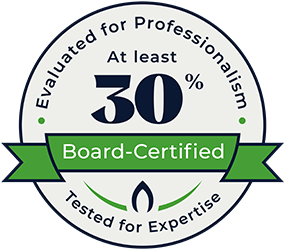
Surplus funds are extra monies above the foreclosure judgment amount held by the Clerk of Court following a sale in a foreclosure case. The plaintiff in such cases (either the Bank or the Association) may only bid up to its judgment amount at the sale. If the winning bid is higher than the judgment amount, the difference between the winning bid and the judgment amount are the surplus funds. For example, a Bank obtains a judgment for $300,000.00 representing the past-due principal, interest, late fees, attorney’s fees, and costs associated with the mortgage foreclosure lawsuit it filed. At a subsequent public sale, the Bank bids up to its $300,000.00 judgment but the property is so highly coveted that it attracts additional bidding by private parties. These third parties push the bidding well above $300,000.00 and the winning bid is ultimately, for example, $450,000.00 from third-party bidder, John Doe. In this scenario, the surplus funds are $150,000.00. The Clerk will hold the $150,000.00 in surplus funds in the court registry until a court order instructs the Clerk as to how to distribute the money. A few weeks following the sale, the Clerk will issue the certificate of disbursement which itemizes how much money, if any, is held in the court registry from the foreclosure sale. All parties to the foreclosure case will receive a copy of the certificate of disbursement and will be put on notice of any surplus fund amounts. If there’s no surplus funds, then the plaintiff Bank, in our example, is the winning bidder at the mortgage foreclosure sale. Junior lienholders in such a mortgage foreclosure case such as second mortgages, and condominium and homeowners associations claiming unpaid assessments, may and should also file claims against the surplus funds. The sooner a claim is filed, the sooner it may be set for hearing before the judge. Of course, often there may not be enough surplus funds to pay all junior lienholders in full, so time is of the essence. A junior lienholder who gets in front of the judge first may get paid on its claim if no other...




